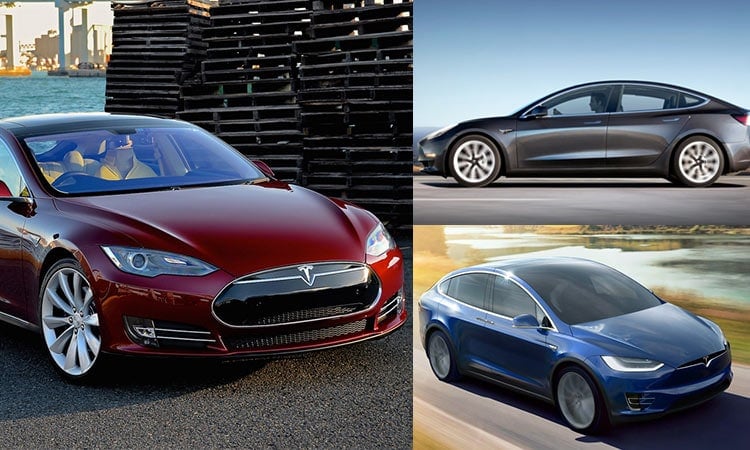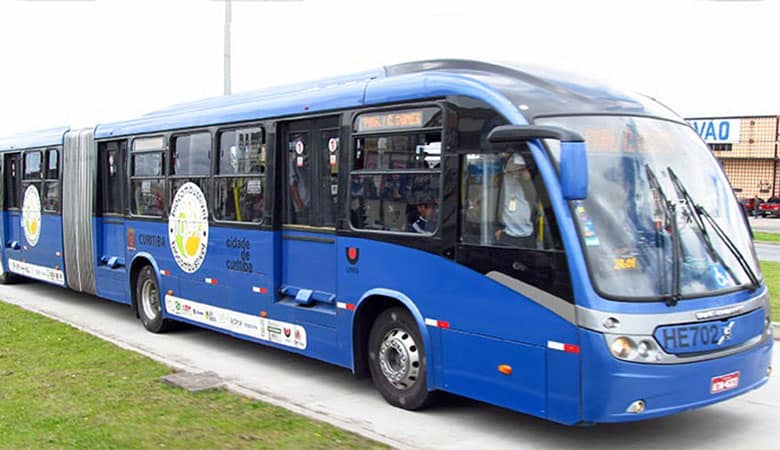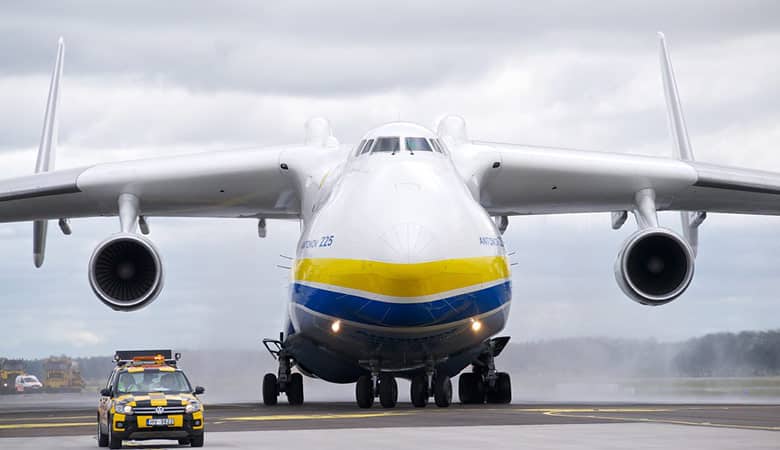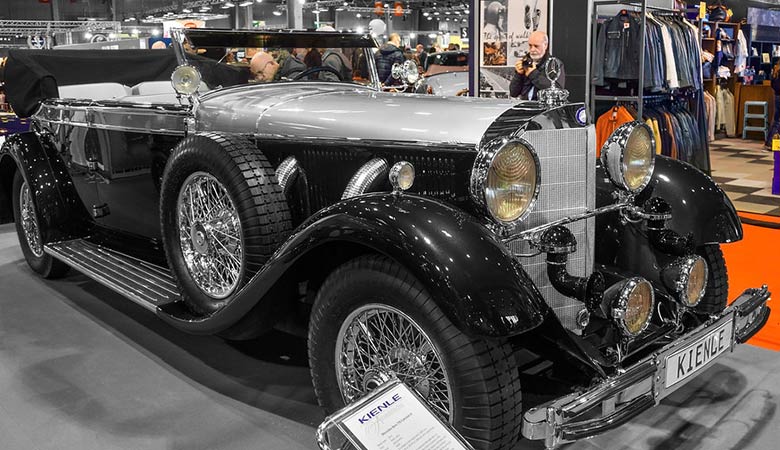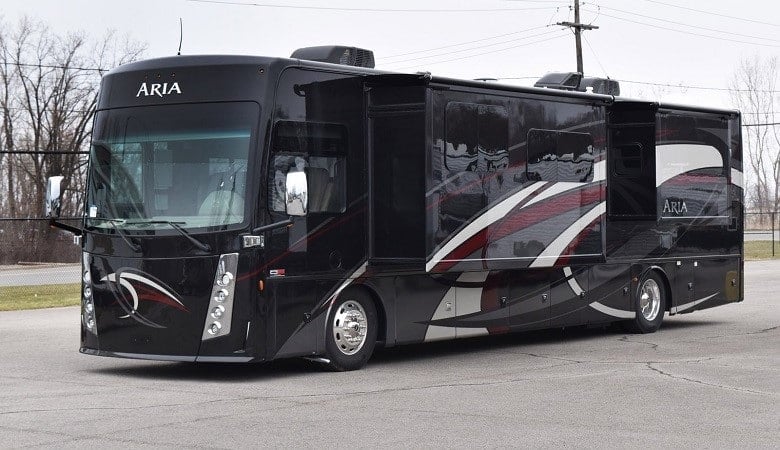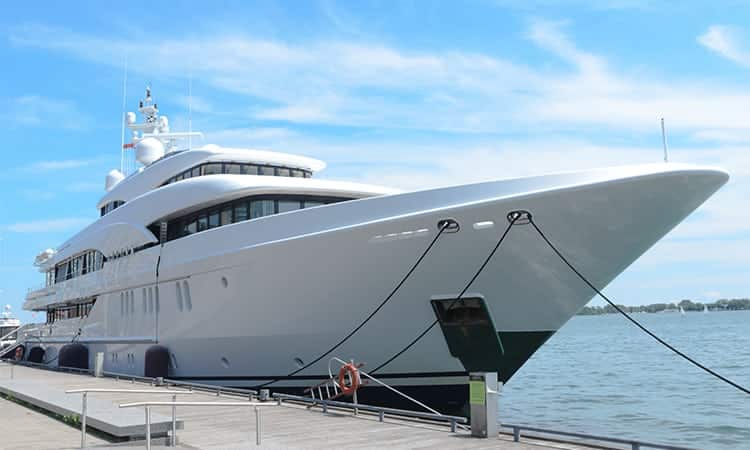Since they appeared on battlefields in WWI, tanks have been an important part of ground forces in modern warfare. It’s not uncommon to see footage of them rolling along as a part of a country’s military parade.
So, it’s understandable that many people were surprised to learn that tanks couldn’t parade through Washington, D.C. because their tremendous weight would destroy the city’s streets.
How much do military tanks weigh? Throughout history tanks have weighed in between 20-70 US tons (40,000-140,000 pounds). To be effective on the battlefield, tanks need to combine speed and maneuverability with firepower and robust defenses. This means that designers have to make choices because heavy armaments and heavy armor weigh more and make a tank slower and less maneuverable.
Of the top ten battle tanks in the arsenals of the world’s armies, the lightest weighs in at 44 tonnes. The heaviest tips the scales at 67.5 tonnes.
This helps to see how different countries have approached the need to balance agility with offensive and defensive power.
Of course, this range is pretty narrow in comparison with the wide range of weights that can be seen in tanks throughout history.
Read on to learn more about the history and present of military tanks.
Lighter and Heavier Tanks That Never Came to Existance
Modern technology has led to an interest in a lightweight tank, and the Advanced Composite Armoured Vehicle Platform (ACAVP) designed in Britain uses strong composite materials to bring the weight of a tank down to a slight 24 tonnes.
The composite material is strong enough to protect forces from rifle fire and shrapnel but not artillery. If you remove the metallic armor that protects the ACAVP from artillery, the weight comes down to 21 tonnes.
By comparison, the heaviest tank ever designed was the German Panzer VIII “Maus,” which was set to go into production when Soviet forces captured the prototypes at the end of the war. It would have weighed approximately 188 tonnes.
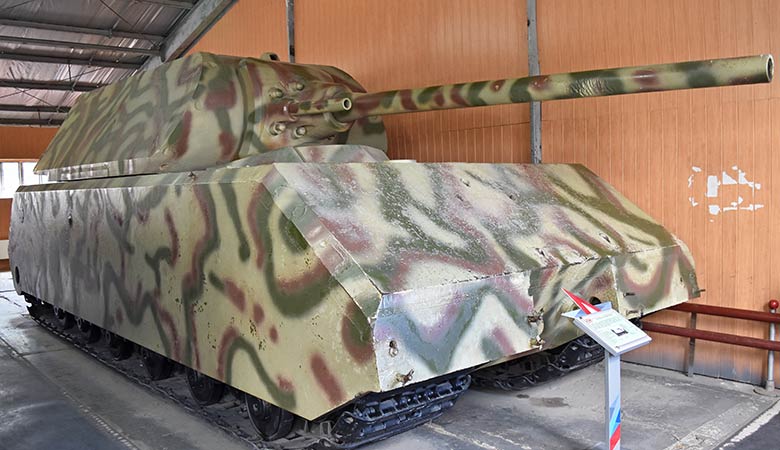
But both the Maus and the ACAVP were design concepts, and neither has ever seen an actual battlefield.
Let’s look at the machines that serve as the backbone of armored divisions in the world’s armies today to see what it takes to go from the drawing board to the battlefield.
The 10 Heaviest Tanks in The World
1. Type 10 (Japan)
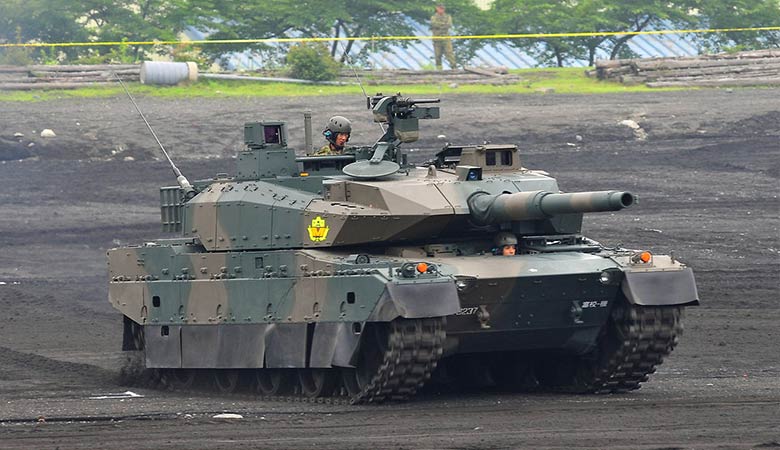
The Type 10 (aka TK-X) is a new lightweight main battle tank that has been in service for the Japanese Ground Self Defense Forces since 2012.
It weighs 44 tonnes, which makes it easier to transport on a commercial trailer or move by sea. It was designed to play a role in asymmetric warfare and trades thick armor for an emphasis on protection against anti-tank rockets.
It is powered by a 1200 hp diesel engine that achieves speeds of 70 km/h and a range of approximately 500 km. It is crewed by a team of 3.
2. T-90MS Tagil (Russia)
The T-90MS Tagil has been the main battle tank of the Russian military since it was revealed in 2011. It weighs 48 tonnes and uses both composite armor and explosive reactive armor for protection.
It is powered by an 1130 hp diesel engine that reaches 72 km/h and has a range of 550 km. It is manned by a crew of 3.
3. VT4 (China)
The VT4 has been in service with China’s Army since 2016. It is a downgraded version of the Type 99G, which is the current workhorse in the People’s Liberation Army.
It weighs 52 tonnes and is produced as much for sale as for service. It is protected by composite armor and add-on explosive reactive armor blocks.
It is powered by a 1300 hp diesel engine, and it is capable of a range of 500 km and a top speed of 67 km/h. It is operated by a crew of 3.
4. Leclerc (France)
The Leclerc was developed for the French armored divisions between 1978 and 1989 and entered service in 1992.
It weighs 54.6 tonnes and is protected by an advanced modular armor system that employs a combination of steel, ceramics, and Kevlar.
It is powered by a 1500 hp diesel engine that is capable of 71 km/h and a range of 550 km. It is crewed by a team of 3.
5. T-14 Armata (Russia)
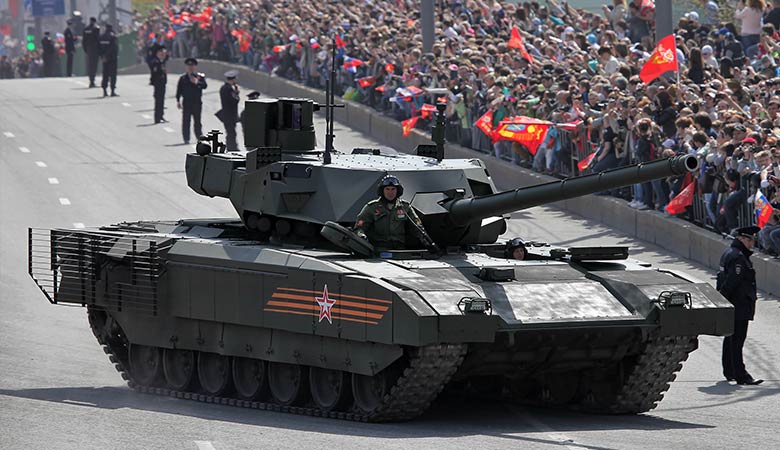
The Armata (aka T-14) is a brand-new tank in the Russian military’s arsenal. It weighs 55 tonnes and features base armor that combines steel, ceramics, and composites.
In addition to the base armor, the T-14 uses add-on explosive reactive armor for added protection.
It is powered by a 1200 hp diesel engine that makes it capable of speeds between 75-80 km/h and a range of 500 km. It can be operated by a crew of 3.
6. K2 Black Panther (South Korea)
The K2 Black Panther program was started in 1995, and the results have been in service since 2016.
It weighs 55 tonnes and uses a combination of modular composite armor that is a protected secret and explosive reactive armor.
It is powered by a 1500 hp diesel engine and has a top speed of 70 km/h with a range of over 400 km. It can be operated by a crew of 3.
7. M1A2 Abrams (United States)
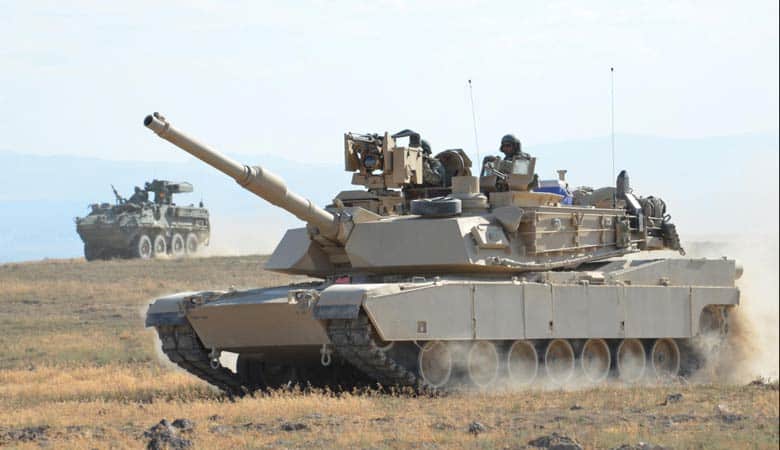
The M1A2 Abrams has been in service with the United States Army since 1992. It weighs 62.5 tonnes and uses a combination of Chobham composite armor and depleted uranium mesh to make up its world-class armor system.
It is powered by a 1500 hp gas turbine engine that makes it capable of 67 km/h and gives it a range of 425 km. It is operated by a crew of 4.
8. Challenger 2 (United Kingdom)
The Challenger 2 has been in service since it replaced the Chieftain MBT for the British Army in 1994. It weighs 62.5 tonnes and is considered one of the best-protected tanks in the world thanks to second-generation Chobham composite armor.
It is powered by a 1200 hp diesel engine that gives it a range of 500 km and a top speed of 56 km/h. It is crewed by a team of 4.
9. Merkava Mk.4 (Israel)
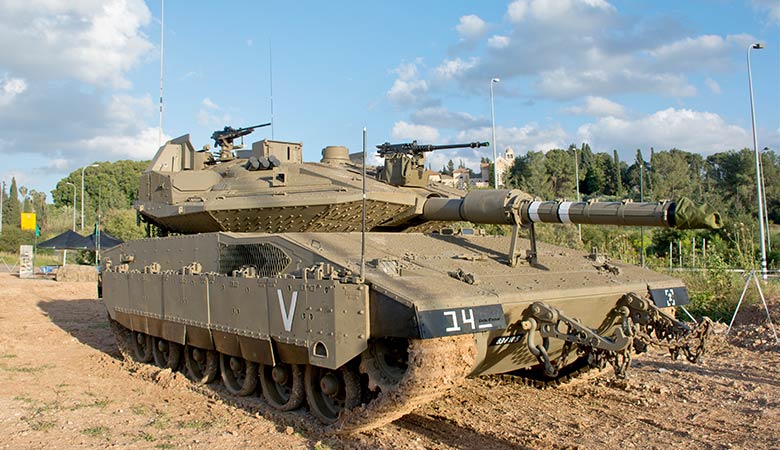
The Merkava Mk.4 has been in service for the Israel Defense Forces since 2004. It weighs 65 tonnes and is both larger and better protected than its predecessor, the Mk.3.
It is powered by a 1500 hp diesel engine that gives it a top speed of nearly 60 km/h and a range of 500 km. It is operated by a crew of 4.
10. Leopard 2A7 (Germany)
The Leopard 2A7 has been in service with the Bundeswehr (German Army) since 2014. It weighs 67.5 tonnes and uses nano-ceramics, titanium, and steel alloys in its high-tech passive armor system.
It uses a 1500 hp diesel engine to achieve speeds up to 72 km/h and has a range of 450 km. It takes a crew of 4 to operate this battle tank.
Conclusion
From the ten tanks that we’ve reviewed here and the ancient and modern extremes that we mentioned in the introduction, you can tell that there is a wide range of approaches to designing and outfitting a battle tank.
Contemporary designs do their best to balance maneuverability, speed, and range with offensive firepower and defensive strength.
None of these necessary features can be achieved without heavy components. So, battle tanks require designers to make choices.
Sources:
https://www.britannica.com/technology/Sherman-tank
https://en.wikipedia.org/wiki/Panzer_VIII_Maus
https://www.guinnessworldrecords.com/world-records/lightest-tank
http://www.military-today.com/tanks/leopard_2a7.htm
http://www.military-today.com/tanks/m1a2_abrams.htm
http://www.military-today.com/tanks/armata.htm
http://www.military-today.com/tanks/challenger_2.htm
http://www.military-today.com/tanks/merkava_mk4.htm
http://www.military-today.com/tanks/tk_x.htm
http://www.military-today.com/tanks/leclerc.htm
http://www.military-today.com/tanks/t90ms_tagil.htm

